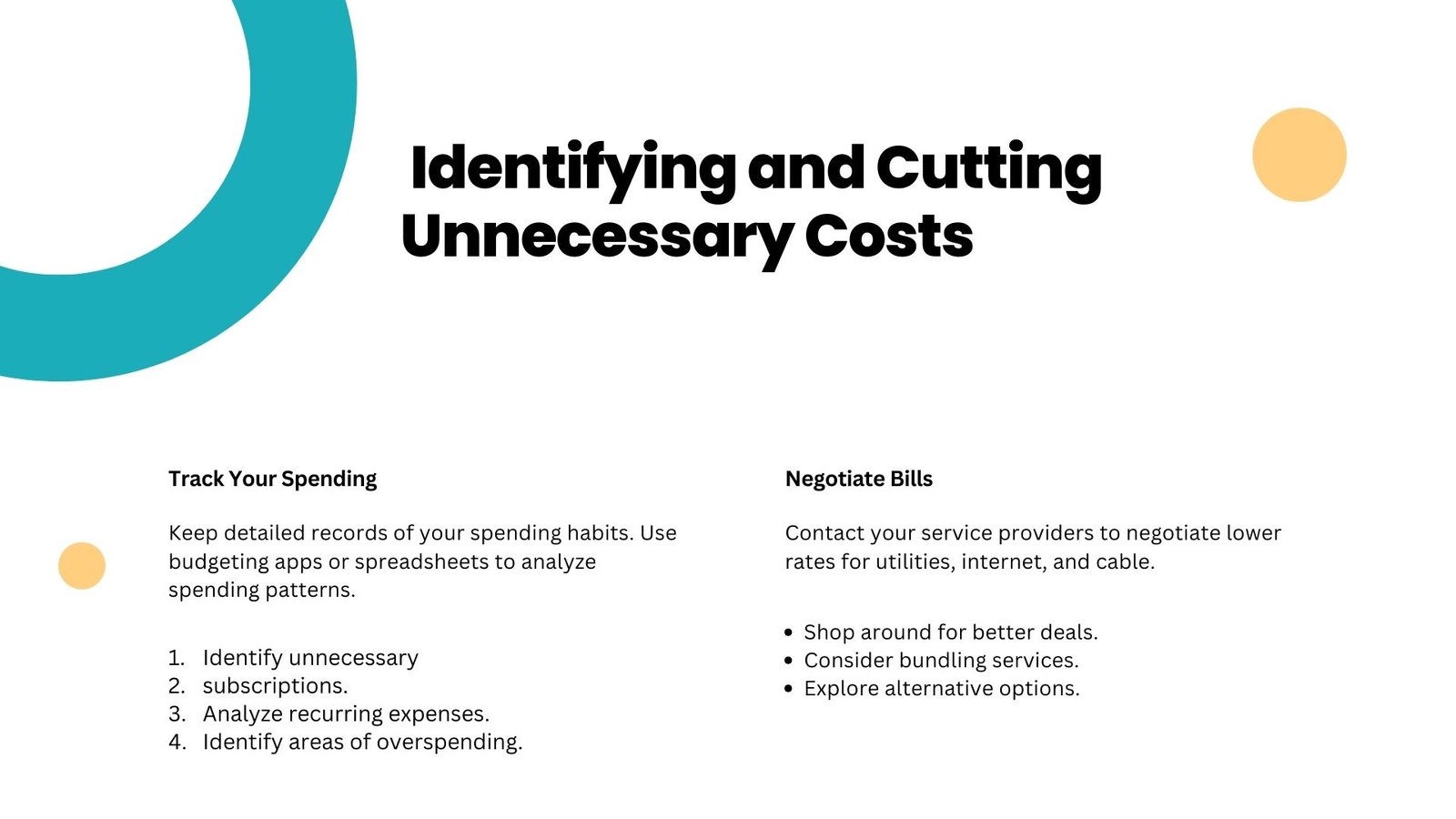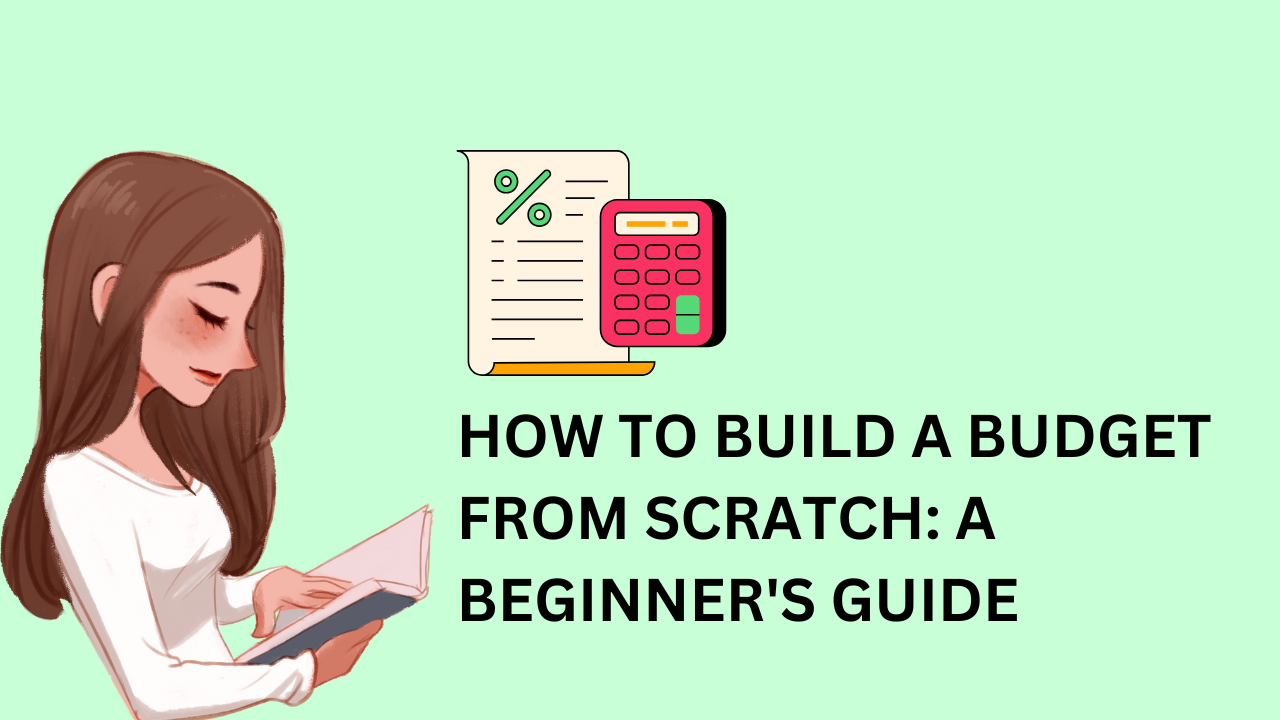Budgeting can feel overwhelming, especially when you’re living on a low income. You might think, “How can I budget when I’m barely making ends meet?” But, budgeting isn’t just for people with extra cash. In fact, it’s even more important when you have to budget money on a low income.
According to a 2023 Federal Reserve report, nearly 40% of Americans wouldn’t be able to cover a $400 emergency expense. That’s a staggering statistic, but it doesn’t have to be your reality. With the right strategies, you can take control of your finances, stretch your dollars further, and even start saving for the future—no matter how tight your budget is.
In this guide, we’ll walk you through how to budget money on a low income, step by step. You’ll learn practical tips to cut expenses, creative ways to increase your income, and free tools to make budgeting easier. Let’s get started!
Why Budgeting is Essential on a Low Income
Budgeting isn’t about restricting yourself—it’s about empowering yourself. When you create a budget, you’re taking control of your money instead of letting it control you. Here’s why budgeting is especially important for low-income earners:
- Avoid Debt: Without a budget, it’s easy to overspend and rely on credit cards or loans, which can lead to a cycle of debt.
- Build Savings: Even small savings can add up over time, giving you a safety net for emergencies.
- Reduce Stress: Knowing where your money is going can bring peace of mind and help you feel more in control.
Still not convinced? Think of budgeting as a roadmap. It doesn’t matter if you’re driving a luxury car or a beat-up sedan—you’ll still need directions to reach your destination.
Step-by-Step Guide To Budget Money On a Low Income
1. Calculate Your Income
The first step in budgeting is to know exactly how much money you have coming in. This includes:
- Your primary job income (after taxes).
- Side hustles or gig work.
- Government assistance (e.g., SNAP, unemployment benefits).
Pro Tip: Use your net income (take-home pay) for accuracy. If your income varies month to month, use an average of the last three months.
2. List Your Expenses
Next, track every dollar you spend. Divide your expenses into two categories:
- Fixed Expenses: These are consistent monthly costs, like rent, utilities, and car payments.
- Variable Expenses: These fluctuate, such as groceries, entertainment, and clothing.
Pro Tip: Use a free app like Mint or YNAB (You Need a Budget) to automate expense tracking.
3. Prioritize Needs Over Wants
When you’re on a tight budget, it’s crucial to focus on needs first. A modified version of the 50/30/20 rule can help:
- 50% for Needs: Rent, utilities, groceries, and transportation.
- 30% for Wants: Entertainment, dining out, and non-essential shopping.
- 20% for Savings and Debt Repayment: Even $10 a month can make a difference.
Pro Tip: If your income is very low, adjust these percentages to fit your situation. For example, you might allocate 70% to needs and 10% to savings.
4. Set Realistic Goals
Budgeting is easier when you have clear goals. Start small:
- Save $100 for an emergency fund.
- Pay off a small credit card balance.
- Cut your grocery bill by $50 this month.
Pro Tip: Write down your goals and track your progress. Celebrate small wins to stay motivated!
5. Use Budgeting Tools
You don’t need to be a math whiz to budget. There are plenty of free tools to help:
- Spreadsheets: Download a free budget template from Google Sheets.
- Apps: Try PocketGuard or GoodBudget.
- Pen and Paper: Sometimes, old-school methods work best.
Creative Ways to Cut Expenses
When you’re living on a low income, every dollar saved counts. Here are some creative ways to stretch your budget:
1. Housing
- Downsize: Move to a smaller apartment or a more affordable area.
- Get a Roommate: Splitting rent and utilities can save hundreds each month.
- Negotiate Rent: If you’ve been a good tenant, your landlord might be willing to lower your rent.
2. Utilities
- Save on Electricity: Unplug devices when not in use and switch to LED bulbs.
- Reduce Water Usage: Take shorter showers and fix leaky faucets.
- Internet and Phone: Look for low-cost plans or government programs like Lifeline.
3. Groceries
- Meal Plan: Plan your meals for the week and stick to a shopping list.
- Buy in Bulk: Stock up on non-perishable items when they’re on sale.
- Use Coupons: Check out Coupons.com for discounts.
4. Transportation
- Public Transit: Save on gas and parking by using buses or trains.
- Carpool: Share rides with coworkers or friends.
- Bike or Walk: Not only is it free, but it’s also great for your health.
5. Entertainment
- Free Activities: Visit parks, libraries, or community events.
- Streaming Services: Cancel unused subscriptions or switch to cheaper options.
Increase Your Income
Cutting expenses is only half the battle. Here are some ways to boost your income:
1. Side Hustles
- Freelancing: Offer skills like writing, graphic design, or tutoring on platforms like Upwork.
- Gig Economy: Drive for Uber, deliver for DoorDash, or rent out a room on Airbnb.
- Sell Unused Items: Declutter your home and sell items on eBay or Facebook Marketplace.
2. Skills Development
- Free Courses: Learn new skills through Coursera or Khan Academy.
- Certifications: Boost your resume with affordable certifications in your field.
3. Government Assistance
- SNAP: Get help with groceries through the Supplemental Nutrition Assistance Program.
- Medicaid: Access free or low-cost healthcare.
- Housing Assistance: Explore programs like Section 8 for affordable housing.
Tips to Stick to Your Budget
Creating a budget is one thing—sticking to it is another. Here’s how to stay on track:
- Track Spending Daily: Use a budgeting app or jot down expenses in a notebook.
- Avoid Impulse Purchases: Wait 24 hours before buying non-essential items.
- Celebrate Small Wins: Reward yourself (within reason) for reaching milestones.
Free Resources and Tools
Budgeting doesn’t have to be complicated. Here are some free resources to help:
- Budgeting Apps: Mint, YNAB, PocketGuard.
- Financial Literacy: Visit Consumer.gov for easy-to-understand guides.
- Community Programs: Check out local nonprofits for free financial counseling.
Conclusion
Budget on a low income isn’t easy, but it is absolutely possible. By following these steps, you can take control of your finances, reduce stress, and start building a better future. Remember, it’s not about how much you earn—it’s about how you manage what you have.
Your financial freedom starts with a single step. Start budgeting today, and watch how small changes can lead to big results.
Disclaimer: This blog post is for informational purposes only and does not constitute financial advice. For personalized guidance, consult a financial advisor.
Please subscribe Easy Budget to stay updated about our latest blogs!
















[…] Guides: Check out our blog posts on how to create a budget and money-saving […]